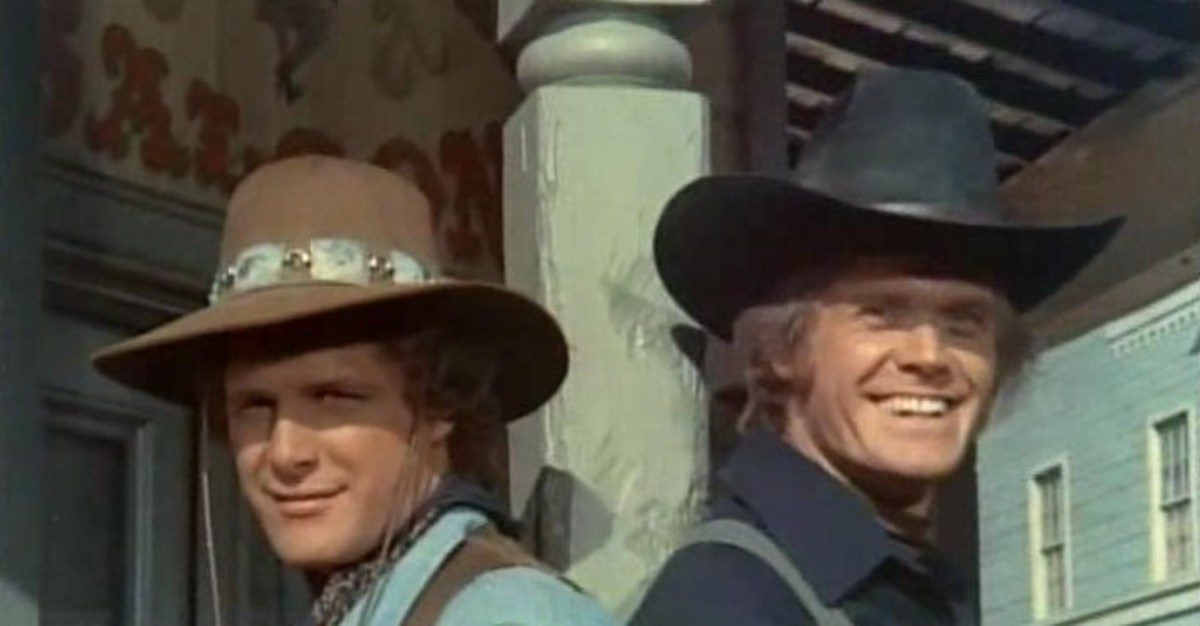Seahunt debuted on CBS-TV.
The series made frequent references to Marineland of the Pacific, which
provided facilities, resources and technical advice to the production company.
At the end of each episode, Bridges would appear as
himself to deliver a brief comment. These comments sometimes included a plea to
viewers to understand and protect the marine environment, along with gems of
wisdom from Bridges' own experiences.
The show was aired on the network for four years.
January 11,
1963
The Beatles made their first national TV appearance in the U.K.
They performed the song "Please Please Me" on the show "Thank Your Lucky Stars."
January 11, 1983
The Joy of
Painting aired for the first time.
January 13, 1928
Experimental Television sets are installed in three homes in Schenectady, New York.
RCA and General Electric installed the sets, which displayed a 1.5-inch-square picture. However, televisions did not become common household appliances until the late 1940s.January 13, 1973
ABC aired the final episode of Alias Smith and Jones.
1973 - ABC aired the final episode of "Alias Smith and Jones."
January 15, 1993
Last episode of soap opera Santa Barbara airs.
“The worst program on television--maybe ever…” one reviewer dubbed NBC’s daytime soap opera Santa Barbara upon its debut in July 1984. Critics soon changed their tune about the show, however, and it would run for more than eight years, garnering numerous Daytime Emmy Awards, including the statuette for Best Drama Series in 1988, 1989 and 1990. The show’s ratings never reached the level of its critical buzz, however, and NBC finally pulled the plug, airing its final episode on January 15, 1993.Created by the husband-and-wife team Bridget and Jerome Dobson, former head
writers at Guiding Light and As the World Turns, Santa Barbara
centered on four California families: the wealthy Capwells and Lockridges,
the middle-class Perkinses and the poorer Andrades. Channing Capwell Jr. was
killed five years before the action of the series began, and much of the show’s
drama revolved around unraveling the mystery surrounding his murder. After Santa
Barbara’s unimpressive debut--which could partially be blamed on its
coincidence with the 1984 Summer Olympic Games--the show’s writers took a
radical approach to boost ratings, killing off a number of characters with
earthquake and serial killer storylines. By the 1987 season, Santa Barbara was
earning more Daytime Emmy nominations than any other show, and had also earned
a following of devoted fans.
Among daytime soaps, Santa Barbara was notable for its generous $30
million budget and its unique blend of romance, melodrama and black comedy (one
popular character was killed when a giant neon letter “C” fell from the Capwell
Hotel sign, crushing her). It was also the first soap with prominent Hispanic
characters--notably Cruz Castillo (A. Martinez), who with Eden Capwell (Marcy
Walker) formed one of the show’s resident “power couples”--and even featured a
member of the British nobility, Dame Judith Anderson, as the grand dame Minx
Lockridge.
Despite the enthusiasm of such famous fans as President Ronald Reagan and
his wife, Nancy, Santa Barbara never finished above 10th place in the
ratings, and its popularity began to wane after the 1988 season. This trend
continued over the next few years, even as the show won its string of Emmy
Awards and became a smash hit in such far-flung locales as Eastern Europe and
post-Soviet Russia. After fiddling with airtimes in an effort to bolster
ratings, NBC made the decision to cancel Santa Barbara. In the supremely
unsubtle final shot of the finale, Paul Rauch, the show’s executive producer,
walked in front of the camera, smashed a cigar under his shoe and walked away.
Among soap opera fans around the world, Santa Barbara remains a cult
favorite. Alumni of the series include Robin Wright Penn, star of such films as
The Princess Bride, Forrest Gump and Message in a Bottle;
soap opera mainstay Jack Wagner (Melrose Place) and executive producer
Mary Ellis-Bunim, the late co-creator of MTV’s The Real World.

Stay Tuned
Tony Figueroa





No comments:
Post a Comment